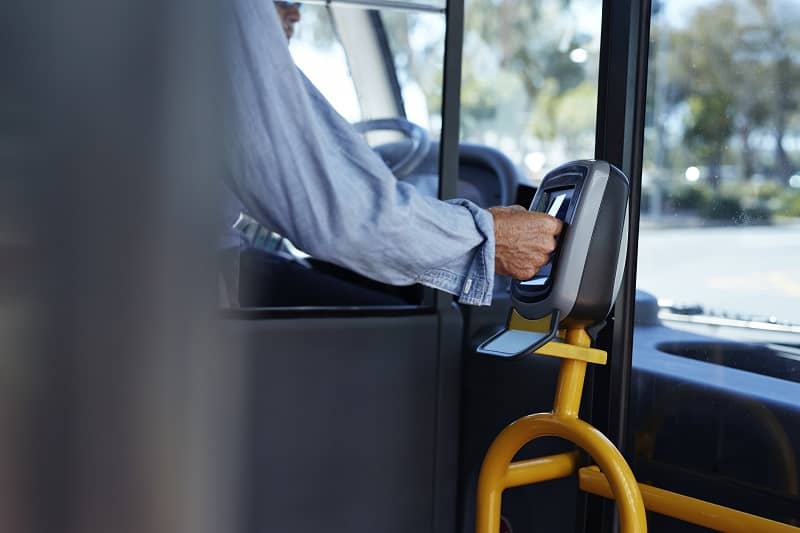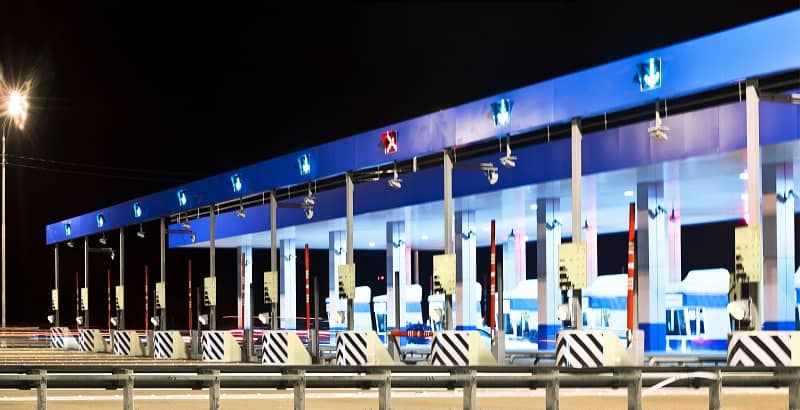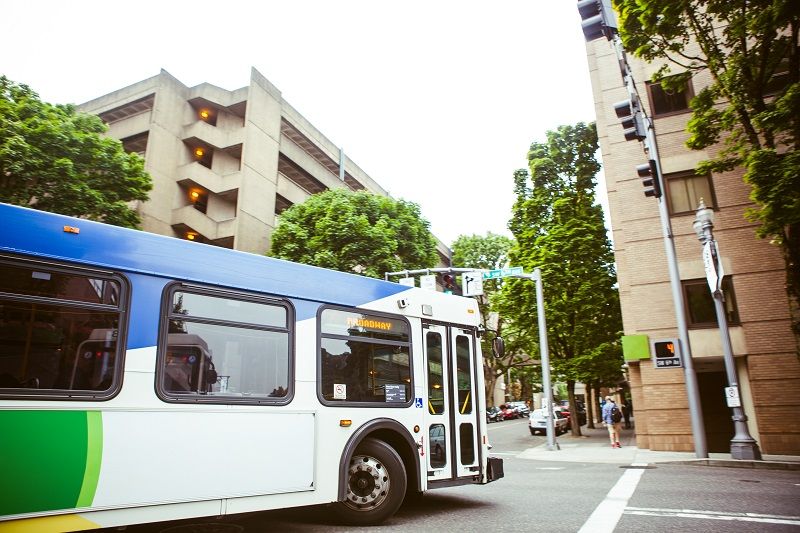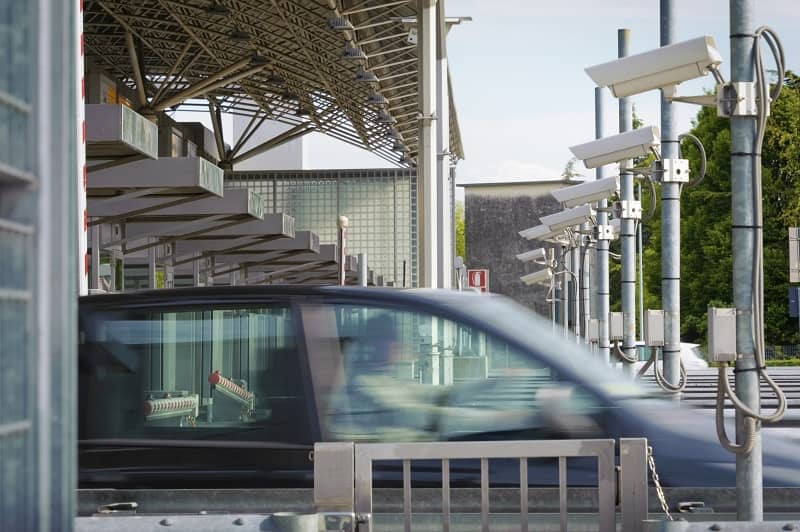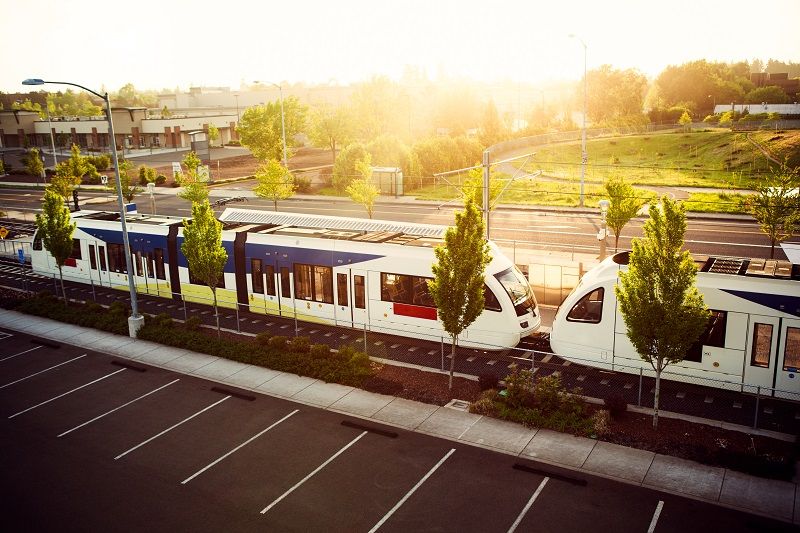Westside Commuter Rail: A Financial Train Wreck
By John A. Charles, Jr.
Download the pdf here
February marked the one-year anniversary of the Westside Express Service (WES), the 14.7-mile commuter rail line that runs from Wilsonville to Beaverton. While the train’s owner, TriMet, has gone to great lengths to put a positive spin on this, the truth is that WES has been a failure. The daily ridership is only half of what was projected, and taxpayers subsidize each rider by at least $45 per round trip.
At a time when TriMet faces a $27 million budget shortfall for the next fiscal year, we have to consider whether we can afford the luxury of a commuter train that runs almost empty.
Background
Although WES was 15 years in the making, it was always a project in search of a purpose. At various times the train was promoted as: (1) a congestion relief tool for HW 217; (2) a catalyst for so-called “Transit-Oriented Development;” or (3) a way of providing “another option” for travelers. None of these arguments holds up to scrutiny.
During legislative hearings in Salem, representatives from Washington County claimed that WES would take 5,000 motor vehicles per day off of nearby highways. But WES is not even capable of doing that because it only runs 8 times (each direction) over a four-hour period in the morning, and 8 more times in the afternoon, with seating capacity limited to 154 or less on each trip. The train does not run at all on weekends.
In contrast, both HW 217 and I-5 are heavily used throughout the day, every day of the week, by passenger cars, trucks, buses and emergency service vehicles. WES only caters to passengers.
During its best hours of performance, the total number of passengers traveling on WES is less than 0.5% the number of motorists traveling on HW 217/I-5 at those same hours. Moreover, every time WES crosses Scholls Ferry Road or any of the other busy East-West thoroughfares, it ties up dozens (or sometimes hundreds) of vehicles for 40 seconds or more. Since the train itself typically only carries 20-50 passengers per trip, this means that WES actually has made Washington County congestion worse than it was before the train opened.
WES also will not be a catalyst for “transit-oriented development,” because the train stations are a nuisance, not an amenity. The noise associated with train arrivals was always underestimated and has proven to be a significant problem for nearby businesses.
As for the hope that WES would provide “another transit option,” there were already two TriMet bus lines providing over 4,000 boardings per day in parallel routes prior to the opening of WES. Commuter rail simply replaced inexpensive bus service with a massively subsidized train.
Financial Data
Several key statistics summarize the problems with the train:
- WES was originally projected to cost $65 million and open in 2000. It actually cost $161.2 million and opened in 2009.
- TriMet projected an average daily ridership of 2,400 weekday boardings in the first year; actual ridership was 1,150. Since each rider typically boards twice daily, only about 575 people use WES.
- Passenger revenue has been so sparse that TriMet averaged $455,318 in monthly operating losses for the first 12 months of operation – an average subsidy of $792 per rider each month. These deficits have to be made up by taxpayers, through at least three different methods: the TriMet general fund (financed through a regional employee tax); the City of Wilsonville (which pays $25,000 per month); and Washington County ($203,040 per month until July, then $166,667 per month thereafter).
To truly appreciate the high cost of commuter rail, we need to compare it with other types of service offered by TriMet: light rail and bus.

The operating costs for WES are nine times higher per hour than bus service, but the public benefits are not nine times higher. In fact, WES is not even equal to bus service; it is far less flexible, takes years to bring on-line, and the equipment is unused most of the time.
Conclusion
After only one year of operation, TriMet is already proposing to cut back service on WES from once every 30 minutes to once every 45 minutes, in order to slash expenses. But that would violate the agreement TriMet signed with the City of Wilsonville, which requires TriMet to run eight trains each way in the morning and in the afternoon. Unless Wilsonville agrees to renegotiate, TriMet is stuck with its current service level for at least four more years.
However, all parties need to understand that WES service at any level is simply irrelevant. Commuter rail only carries about 0.4% of daily TriMet trips; buses carry 62.5% of trips. We could triple the ridership of WES and it would still be insignificant.
There will be no happy ending to this story. WES is destined to be a one-hit wonder – an expensive monument to the egos of Westside politicians and TriMet bureaucrats. Those officials can either admit their mistake now and terminate WES service entirely, or condemn the region to massive operating deficits to infinity.
John A. Charles, Jr. is President and CEO of Cascade Policy Institute, Oregon’s free market research organization.
